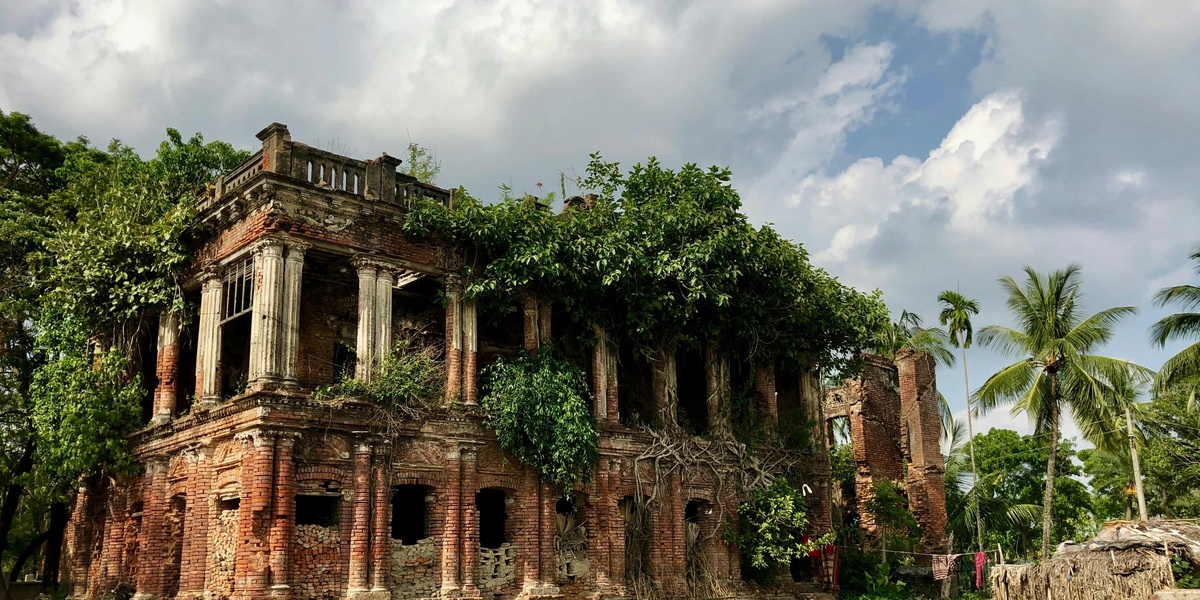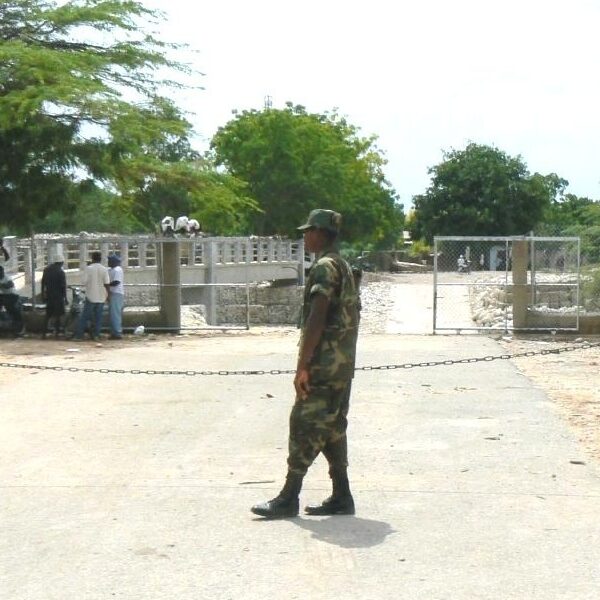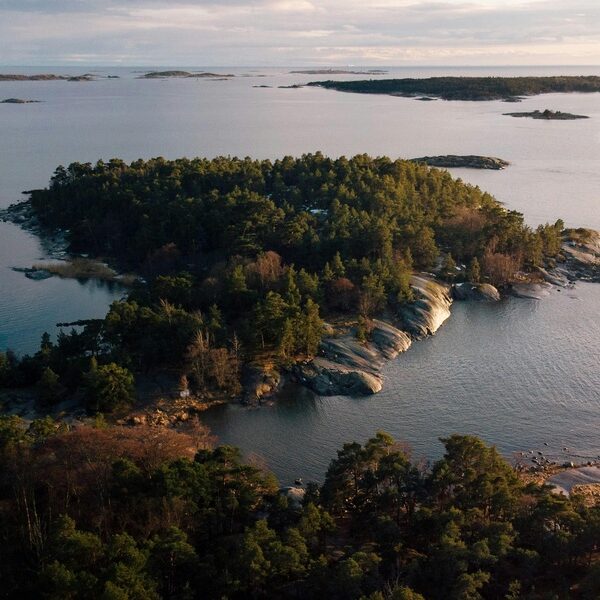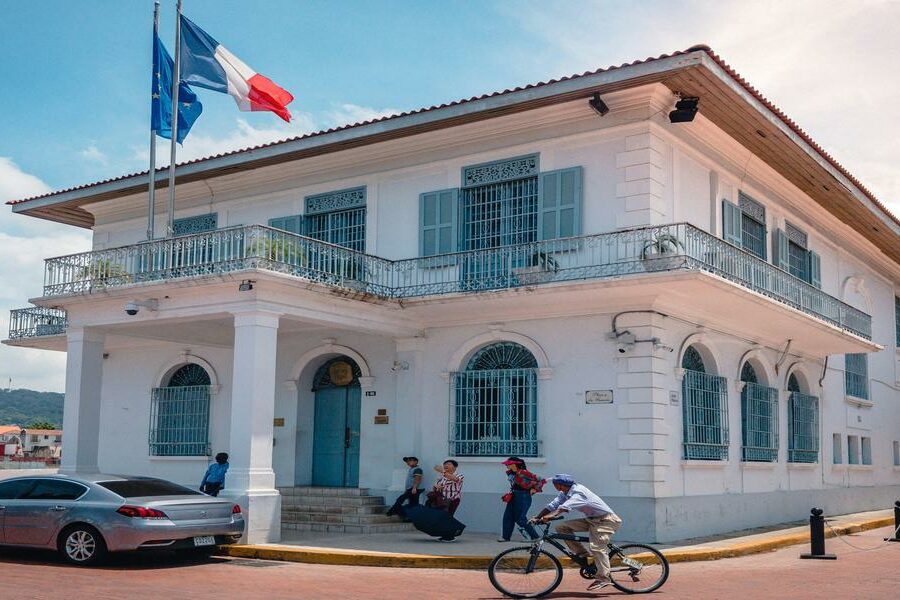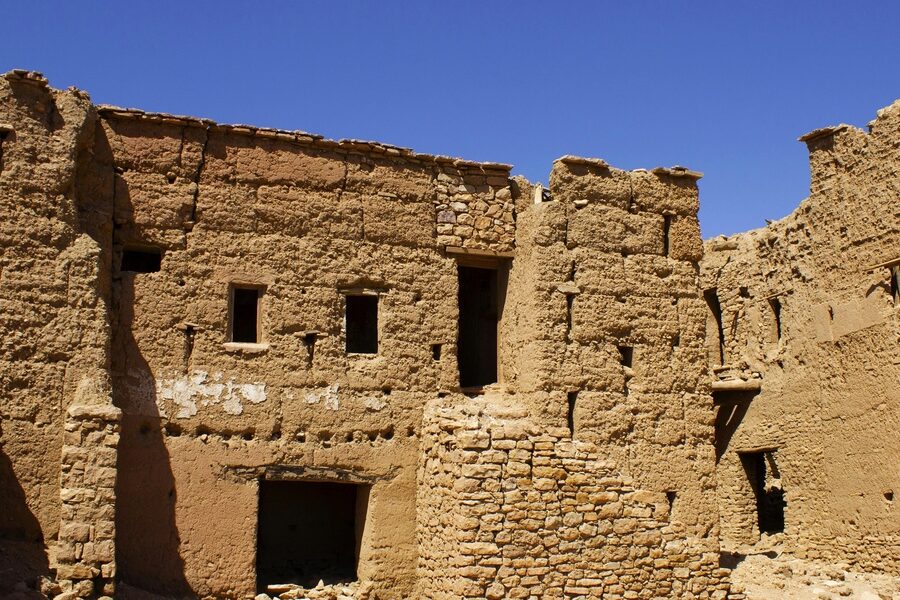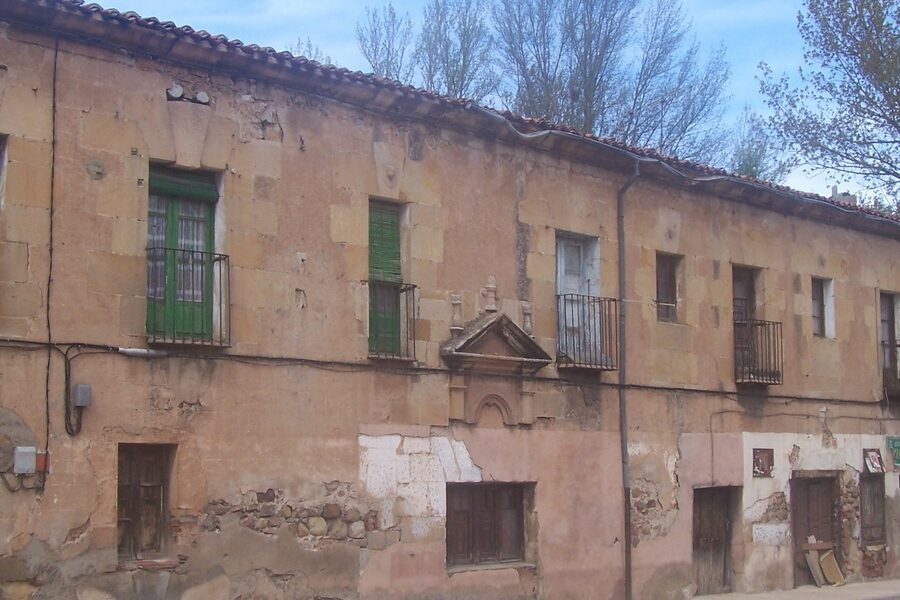Bangladesh, a land rich in history and culture, holds within its fertile soil the echoes of ancient civilizations and forgotten empires. From bustling trade hubs to powerful spiritual centers, countless stories are etched into the remnants of its past, waiting to be rediscovered by curious minds.
This comprehensive guide brings together 15 significant Ruins in Bangladesh, detailing these historical gems. Ranging from the ancient urban center of Wari-Bateshwar to the historic Egarosindur fort complex, each entry is meticulously outlined with its Location (District), Primary Period, and Significance, all laid out for you below.
What types of ancient structures make up the ruins in Bangladesh?
The ruins across Bangladesh are incredibly diverse, encompassing a wide array of historical structures. You’ll find remnants of ancient urban centers, fortified cities, Buddhist Viharas (monasteries), Hindu temples, Sultanate-era mosques, and colonial-period forts, each reflecting different periods of architectural styles and religious or political dominance.
Are these historical sites easily accessible for visitors?
While many of Bangladesh’s historical sites are open to visitors, accessibility can vary significantly. Some major sites like Somapura Mahavihara are well-maintained with proper facilities, while others are more remote, requiring local guidance or having less developed infrastructure. It’s often advisable to research specific site conditions and transportation options before planning your visit.
Ruins in Bangladesh
| Ruin Name | Location (District) | Primary Period | Significance |
|---|---|---|---|
| Somapura Mahavihara | Naogaon | Pala | Largest Buddhist monastery of South Asia, UNESCO site |
| Mainamati-Shalban Vihara Complex | Comilla | Pala/Samatata | Extensive Buddhist monastic and stupa complex |
| Mahasthangarh | Bogura | Early historic (Maurya–Gupta) | Earliest planned urban site in Bangladesh |
| Wari-Bateshwar | Narsingdi | Iron Age–Early historic | Fortified river port with early trade evidence |
| Sonargaon Ruins | Narayanganj | Sultanate–Mughal | Medieval river-port and administrative center ruins |
| Panam Nagar (Panam City) | Narayanganj | Colonial–19th century | Abandoned merchant quarter with colonial houses |
| Lalbagh Fort (Qila) | Dhaka | Mughal | Unfinished 17th-century Mughal fort complex |
| Nateshwar Archaeological Site | Barisal | Pala–Chandra | Excavated Buddhist town with stupas and dwellings |
| Egarosindur | Kishoreganj | Early medieval–Mughal | Riverside trading town with fortifications and tombs |
| Sonakanda Fort | Narayanganj | Mughal | Riverine fort guarding waterways; strategic defensive ruin |
| Historic Mosque City of Bagerhat (Ruined Elements) | Bagerhat | Sultanate | Cluster of 15th-century mosques; medieval urban fabric partly ruined |
| Puthia Temple Complex (ruined structures) | Rajshahi | Late medieval–Colonial | Group of Hindu temples, several roofless or decayed |
| Vikrampur (Bikrampur mounds) | Munshiganj | Pala–Sena | Urban mounds and monastery remains of early Bengal center |
| Gaur (Gour) Ruins (Bangladesh side) | Chapainawabganj | Sultanate–Tughlaq | Ruined medieval capital remnants on Bangladesh side |
| Mahasthan Museum and Ruins (specific site) | Bogura | Early historic–Pala | Displays ruins and occupational layers of Mahasthangarh citadel |
Images and Descriptions
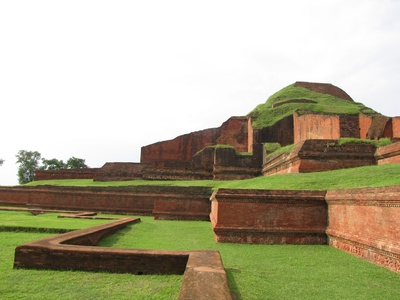
Somapura Mahavihara
Massive 8th–12th-century Buddhist monastic complex with a cruciform central shrine, brick terraces and sculptural fragments; extensive ruins show Pala-era plan and archaeological layers, visited as a world heritage site with visible buttresses and excavated monastic cells.
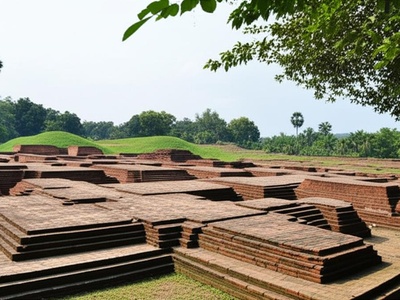
Mainamati-Shalban Vihara Complex
Group of ruined viharas, stupas and mounds on Lalmai Hills; excavated brick monasteries, votive stupas and defensive earthworks display a thriving 7th–12th-century Buddhist religious center now partially conserved and open to visitors.
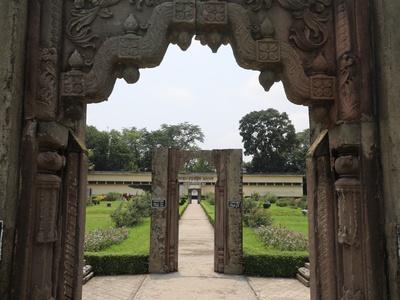
Mahasthangarh
Walled citadel mounds, ancient streets and graveyards mark Pundranagara’s ruins; successive layers from 3rd century BCE onward reveal urban planning, fortifications, pottery and inscriptions, with visible ruins, museum exhibits and ongoing archaeological work.
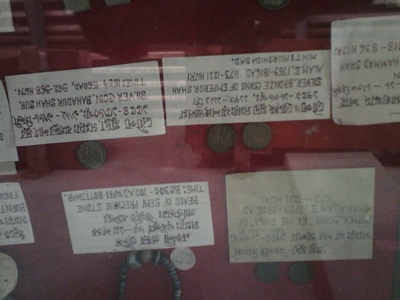
Wari-Bateshwar
Archaeological site of fortified mounds and ancient docks showing 4th–1st century BCE habitation; excavations recovered beads, coins and ceramics suggesting long-distance trade—today visible low mounds and partially exposed ruins near a riverbank.
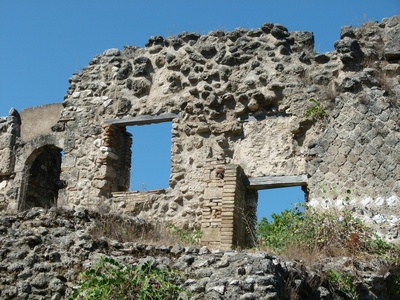
Sonargaon Ruins
Remains of a former Bengal administrative capital including ruined mosques, administrative foundations and urban layouts; later Panam Nagar colonial quarters nearby, site reflects layers of medieval riverine trade and decline with many partial walls and foundations.
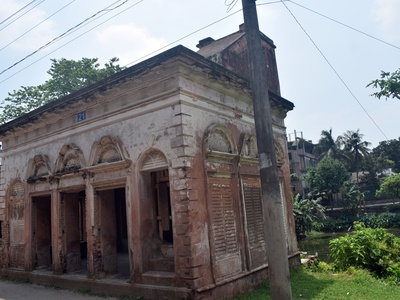
Panam Nagar (Panam City)
Narrow streets lined with collapsed or half-ruined terracotta and brick merchant houses from the 18th–19th centuries; many façades, verandahs and courtyards lie in ruin, offering a palpable sense of a once-thriving mercantile quarter.
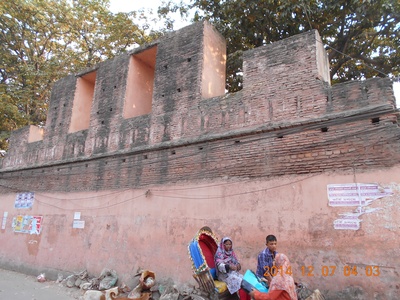
Lalbagh Fort (Qila)
An incomplete Mughal-era fort with partially ruined gateways, tomb chambers, mosque and gardens; original defensive walls and interior buildings survive in varying states of repair, conveying abandonment and historical incompletion within central Dhaka.
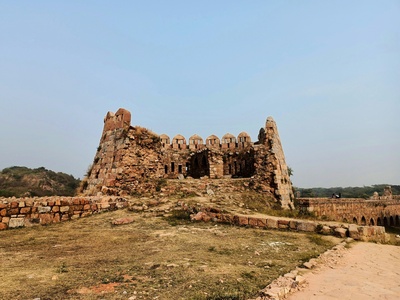
Nateshwar Archaeological Site
Large excavated complex of mounds, stupas, kiln remains and house platforms dating to Pala–Chandra periods; partially exposed brick structures and residential ruins indicate an organized Buddhist urban settlement now visible as dispersed mounds.
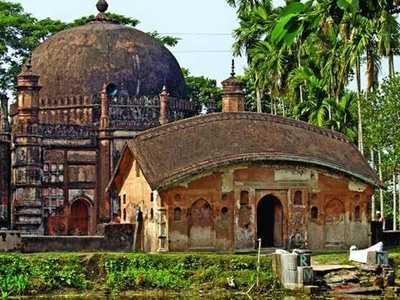
Egarosindur
Historic riverside settlement with ruined fort remains, tombs, mosques and merchant buildings; layers of habitation from early medieval to Mughal period now show collapsed walls, foundations and isolated monuments amid village settings.
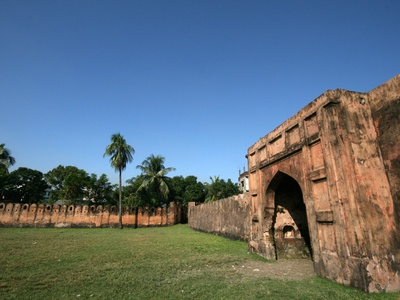
Sonakanda Fort
Riverside Mughal fort with ruined bastions, collapsed ramparts and artillery platforms built to protect river approaches; masonry walls and steps survive in fragmentary condition, perched above the Shitalakshya River.
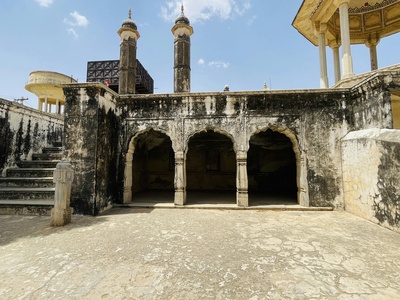
Historic Mosque City of Bagerhat (Ruined Elements)
UNESCO-listed city with numerous 15th-century mosque ruins and preserved monuments; some smaller shrines and ancillary structures have collapsed or decay, showing distinctive terracotta and brick Sultanate architecture in varying states of ruin.
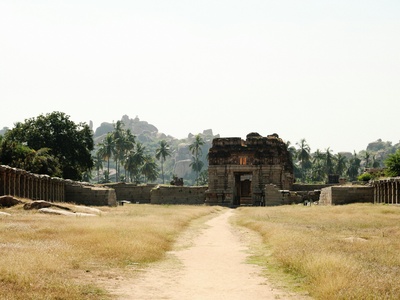
Puthia Temple Complex (ruined structures)
Puthia’s hillock hosts ornate brick and terracotta temples; while some temples survive, others are partially ruined with collapsed roofs, weathered sculptures and exposed foundations, illustrating a once-larger ritual complex now in vestigial condition.
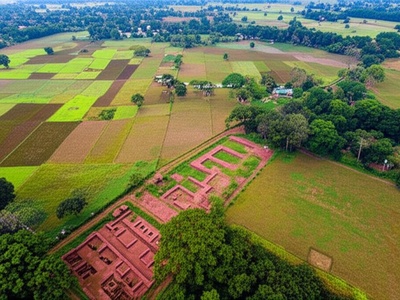
Vikrampur (Bikrampur mounds)
Dispersed archaeological mounds, monastery ruins and ruined foundations marking the medieval Vikrampur polity; excavated brick platforms and collapsed walls show administrative and religious architecture now visible as field mounds.
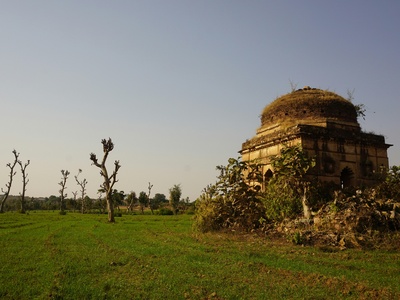
Gaur (Gour) Ruins (Bangladesh side)
Remains of the historic Gaur—city walls, mosque ruins, and collapsed monuments lie on the Bangladesh side near Chapainawabganj; eroded foundations and scattered masonry attest to a once-great medieval capital now partly in ruins.
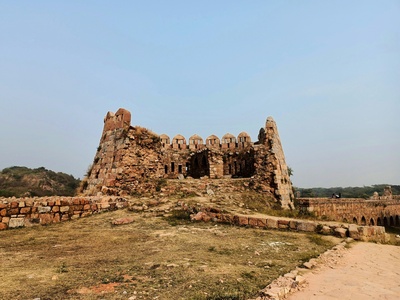
Mahasthan Museum and Ruins (specific site)
Museum-adjacent exposed ruin areas, collapsed fortification sections and archaeological trenches reveal urban layers, kiln sites and house platforms; the visible ruined fabric complements museum collections and ongoing digs.

